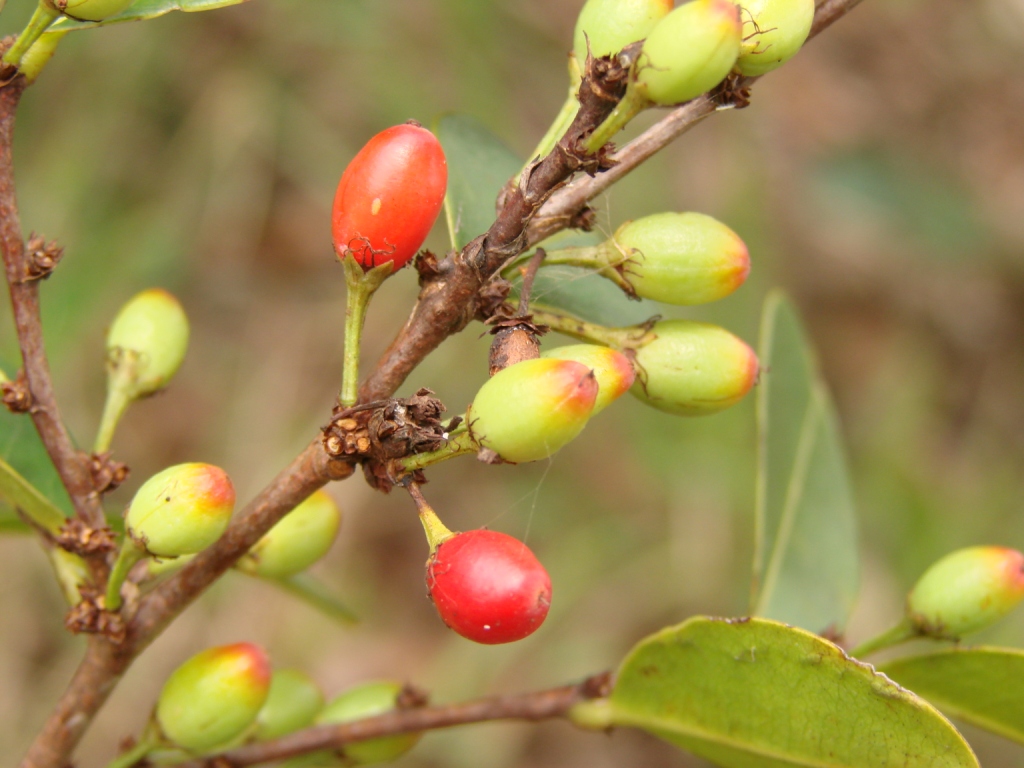|
Erythroxylum Rufum
''Erythroxylum rufum'', the rufous false coca, is a flowering plant species in the genus ''Erythroxylum ''Erythroxylum'' (''Erythroxylon'') is a genus of tropical flowering plants in the family Erythroxylaceae. Many of the approximately 200 species contain the substance cocaine,Bieri S, Brachet A, Veuthey J, Christen P. Cocaine distribution in wil ...''. Ombuin-3-O-rhamnosylglucoside, a glycoside of ombuin, can be found in ''E. rufum''.Flavonoids of Erythroxylum rufum and Erythroxylum ulei. Bruce A. Bohm, David W. Phillips and Fred R. Gander, J. Nat. Prod., 1981, volume 44, issue 6, pages 676–679, References External links rufum Plants described in 1789 Taxa named by Antonio José Cavanilles {{Malpighiales-stub ... [...More Info...] [...Related Items...] OR: [Wikipedia] [Google] [Baidu] |
Antonio José Cavanilles
Antonio José Cavanilles (16 January 1745 – 5 May 1804) was a leading Spanish taxonomic botanist of the 18th century. He named many plants, particularly from Oceania. He named at least 100 genera, about 54 of which were still used in 2004, including ''Dahlia'', '' Calycera'', ''Cobaea'', '' Galphimia'', and ''Oleandra''. Biography Cavanilles was born in Valencia. He lived in Paris from 1777 to 1781, where he followed careers as a clergyman and a botanist, thanks to André Thouin and Antoine Laurent de Jussieu. He was one of the first Spanish scientists to use the classification method invented by Carl Linnaeus. From Paris he moved to Madrid, where he was director of the Royal Botanical Garden and Professor of botany from 1801 to 1804. In 1804, Cavanilles was elected a member of the American Philosophical Society in Philadelphia. He died in Madrid in 1804. Selected publications * ''Icones et descriptiones plantarum, quae aut sponte in Hispania crescunt, aut in horti ... [...More Info...] [...Related Items...] OR: [Wikipedia] [Google] [Baidu] |
Erythroxylum
''Erythroxylum'' (''Erythroxylon'') is a genus of tropical flowering plants in the family Erythroxylaceae. Many of the approximately 200 species contain the substance cocaine,Bieri S, Brachet A, Veuthey J, Christen P. Cocaine distribution in wild Erythroxylum species. ''Journal of ethnopharmacology''. 2006; 103: 439-447. and two of the species within this genus, ''Erythroxylum coca'' and ''Erythroxylum novogranatense'', both native to South America, are the main commercial source of cocaine and of the mild stimulant coca tea. Another species, '' Erythroxylum vaccinifolium'' (also known as catuaba) is used as an aphrodisiac in Brazilian drinks and herbal medicine. ''Erythroxylum'' species are food sources for the larvae of some butterflies and moths, including several '' Morpho'' species and ''Dalcera abrasa'', which has been recorded on ''E. deciduum'', and the species of '' Agrias''. Species , Kew's Plants of the World Online listed 259 species: {{Columns-list, colwidt ... [...More Info...] [...Related Items...] OR: [Wikipedia] [Google] [Baidu] |
Ombuin
Ombuin is an O-methylated flavonol, a type of flavonoid. It is the 4',7-O-methyl derivative of quercetin. Ombuin can be found in species of the genus ''Erythroxylum''. It can also be synthesized. Ombuin 3-sulfate can be isolated from '' Flaveria chlorifolia''. Glycosides Ombuin-3-rutinoside can be isolated from '' Phytolacca dioica'', the ombu tree. Ombuin-3-O-rhamnosylglucoside can be found in ''Erythroxylum rufum ''Erythroxylum rufum'', the rufous false coca, is a flowering plant species in the genus ''Erythroxylum ''Erythroxylum'' (''Erythroxylon'') is a genus of tropical flowering plants in the family Erythroxylaceae. Many of the approximately 200 s ...''.Flavonoids of Erythroxylum rufum and Erythroxylum ulei. Bruce A. Bohm, David W. Phillips and Fred R. Gander, J. Nat. Prod., 1981, volume 44, issue 6, pages 676–679, Other glycosides ( ombuosides) : * Ombuin 3-galactoside (C23H24O12, CAS number 69168-13-4) * Ombuin 3-glucoside (C23H24O12, CAS number 158642-4 ... [...More Info...] [...Related Items...] OR: [Wikipedia] [Google] [Baidu] |
Plants Described In 1789
Plants are predominantly photosynthetic eukaryotes of the kingdom Plantae. Historically, the plant kingdom encompassed all living things that were not animals, and included algae and fungi; however, all current definitions of Plantae exclude the fungi and some algae, as well as the prokaryotes (the archaea and bacteria). By one definition, plants form the clade Viridiplantae (Latin name for "green plants") which is sister of the Glaucophyta, and consists of the green algae and Embryophyta (land plants). The latter includes the flowering plants, conifers and other gymnosperms, ferns and their allies, hornworts, liverworts, and mosses. Most plants are multicellular organisms. Green plants obtain most of their energy from sunlight via photosynthesis by primary chloroplasts that are derived from endosymbiosis with cyanobacteria. Their chloroplasts contain chlorophylls a and b, which gives them their green color. Some plants are parasitic or mycotrophic and have los ... [...More Info...] [...Related Items...] OR: [Wikipedia] [Google] [Baidu] |


